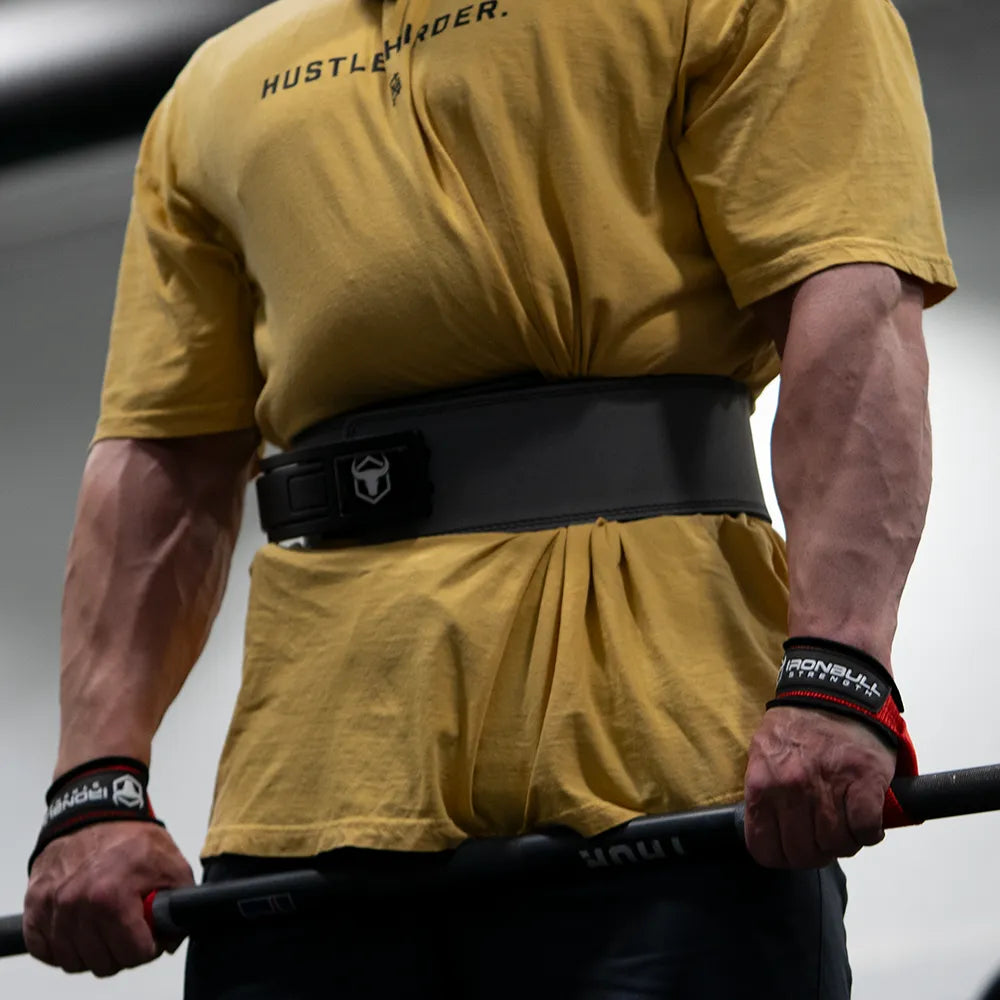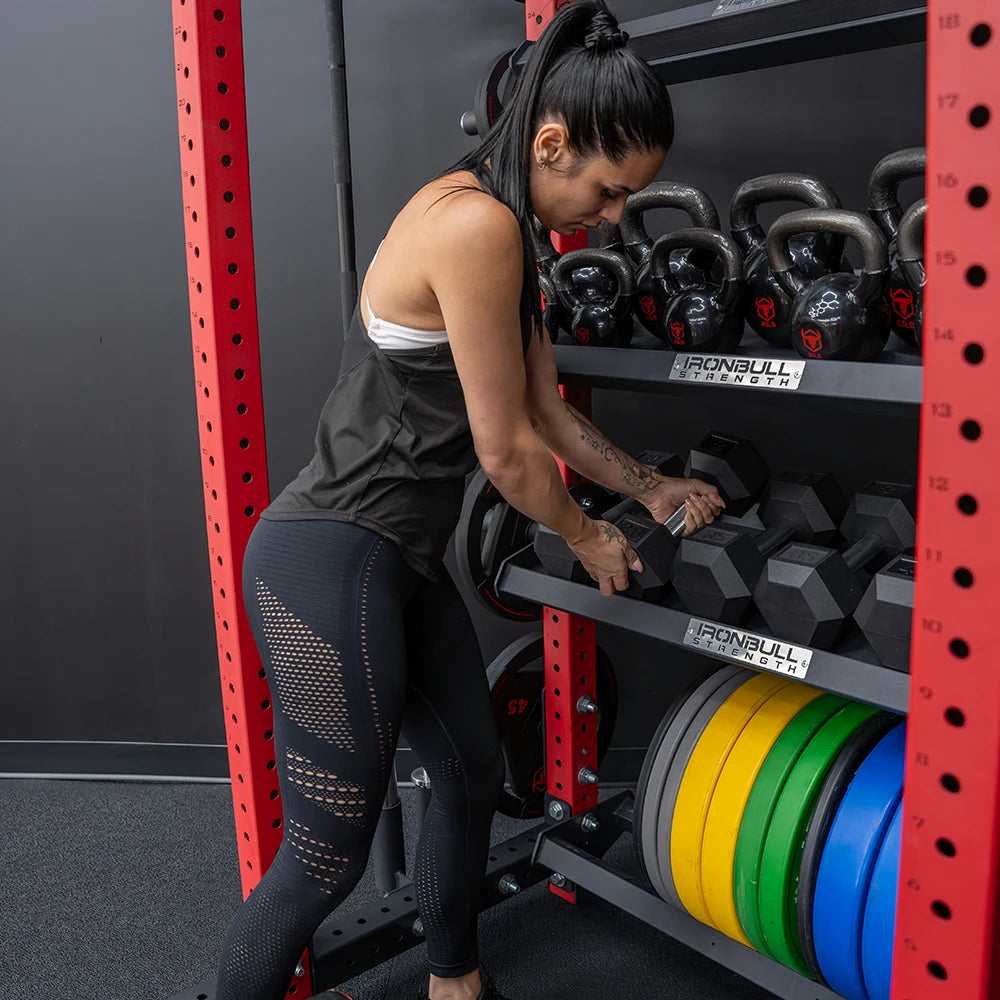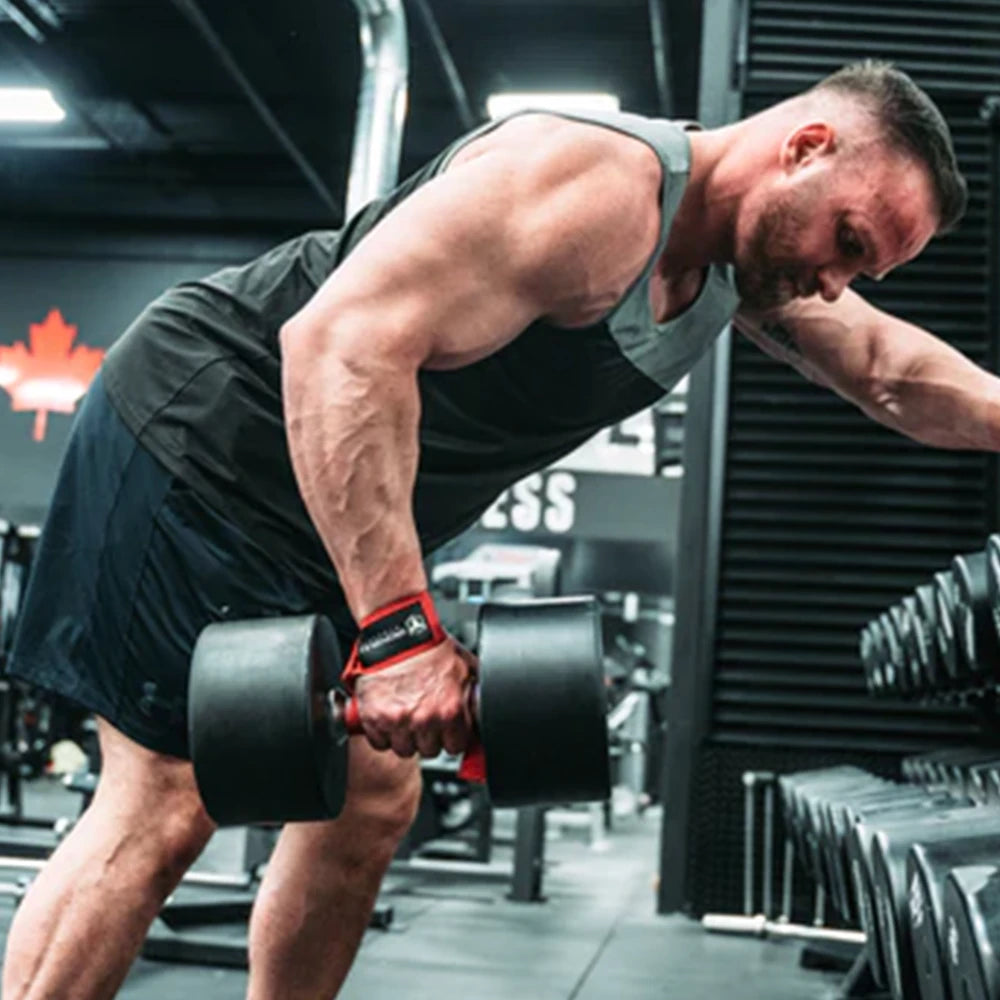Padded vs. Non-Padded Lifting Straps: Choosing the Right Option

Understanding the Role of Lifting Straps
Lifting straps are like an extra pair of hands that help you hold onto heavy weights.
They support your grip strength and stability, especially when you're lifting big. Imagine trying to hold onto a slippery fish with your bare hands; that's what lifting heavy can feel like without straps.
But with them, it's like having a solid grip on a sturdy handle.
When you're lifting, your grip is often the first thing to give out.
Lifting straps help secure the dumbbells or barbells to your hands, so you can focus on your form and lift heavier without worrying about your grip failing.
It's like having a safety net for your hands. For those looking for basic options, consider our collection of Lifting Straps.
Now, let's talk about the two main types: padded and non-padded lifting straps. Choosing the right one can make a big difference in your workout.
It's like choosing between a cushioned chair and a bench. Both have their uses, but one might be more comfortable for you.
What Are Padded Lifting Straps?
Padded lifting straps are designed with extra cushioning, often made of foam or gel. They're like adding a soft pillow to your wrists.
This extra padding is all about comfort and reducing wrist strain during long or intense lifting sessions.
If you've ever felt your hands and wrists getting tired or sore during a workout, padded straps might be your go-to.
They're ideal for reducing hand fatigue and wrist discomfort, especially when you're in it for the long haul.
Advantages of Padded Lifting Straps
One of the main perks of padded lifting straps is enhanced comfort. The cushioning spreads the pressure across your wrists, making it feel like a gentle hug rather than a tight squeeze.
The padding also prevents the straps from digging into your skin, giving you a secure hold on the barbell or dumbbell without the ouch factor.
Another bonus is reduced wrist strain. The padding takes some of the stress off your wrists, helping to keep them injury-free.
Plus, the extra cushioning adds durability, protecting the straps from wear and tear over time.
Disadvantages of Padded Lifting Straps
If you're looking for complete control during heavy lifts, padded straps might not be your best bet. The padding adds comfort but can make you feel a bit less in control of your grip, though it doesn’t actually restrict your movement.
It's more like a subtle shift in how connected you feel to the weight, rather than a limitation.
The padding can also reduce the tactile feel of the weight, affecting your precise grip control.
Another downside is that padded straps can trap heat and sweat, leading to a less pleasant experience during long workouts.
What Are Non-Padded Lifting Straps?
Non-padded weight lifting straps are more straightforward. They're made from materials like cotton or nylon, without any extra cushioning.
Think of them as the no-frills option for enhancing your grip strength.
These straps provide a more direct connection to the barbell or dumbbell, giving you a closer feel to the weight. It's like driving a car without power steering – you feel every bump and turn.
Advantages of Non-Padded Lifting Straps
One of the main advantages of non-padded lifting straps is greater flexibility. Their simpler design allows for a tighter, more secure fit around your wrists. It's like wrapping a bandage snugly around your hand.
Without the cushioning, you get more direct grip feedback, which can improve your control and technique. It's like playing a musical instrument – you want to feel every note.
Non-padded straps are also typically more budget-friendly, making them accessible to all lifters.
Plus, their compact design makes them easy to store and transport. It's like having a pocket-sized tool that packs a punch.
Disadvantages of Non-Padded Lifting Straps
On the flip side, non-padded straps can be less comfortable. Without the extra cushioning, you might feel some discomfort during long or heavy lifting sessions. It's like sitting on a hard bench for hours.
The lack of padding means more pressure on your wrists, which could lead to strain or fatigue. It's like carrying a heavy backpack without padded straps.
There's also a risk of skin irritation from the tight contact with the strap material. It's like wearing a scratchy sweater against your skin.
And while non-padded straps are more breathable, sweat can still accumulate during long sessions.
Padded vs. Non-Padded Lifting Straps: Key Differences
When it comes to comfort and support, padded straps have the edge. They offer better cushioning and support, reducing wrist discomfort during heavy or extended lifts. It's like choosing a plush couch over a hard chair.
In terms of grip and control, non-padded straps take the lead. They offer a more direct grip and better control over the bar, making them great for technical lifts. It's like having a firm handshake instead of a slippery grip.
For durability and maintenance, padded straps require a bit more care to avoid moisture buildup. Non-padded straps are simpler to maintain and clean, offering a longer lifespan with minimal fuss. It's like choosing between a high-maintenance plant and a low-maintenance one.
When it comes to bulkiness and flexibility, padded straps tend to be bulkier, potentially restricting movement.
Non-padded straps are sleeker and more flexible, allowing for a tighter, more adaptable fit. It's like wearing a tailored suit versus an oversized coat.
Finally, there's the cost factor. Padded straps are typically more expensive due to the additional materials and cushioning.
Non-padded straps are generally more affordable, making them a popular choice for budget-conscious lifters.
If you're seeking something specialized, consider the Figure 8 Lifting Straps for specific lifting needs.
Which Lifting Strap Should You Choose?
If you're a heavy lifter or frequently engage in extended sessions, padded straps are your best bet. They reduce wrist strain and provide added comfort, making them ideal for those marathon workouts. It's like having a comfortable chair for long study sessions.
For versatility and budget, non-padded straps are the way to go. They offer a more direct connection to the barbell or dumbbell and are more affordable. It's like choosing a versatile tool that gets the job done without breaking the bank.
Beginners might prefer padded straps for their comfort. They allow you to focus on form without worrying about wrist discomfort.
It's like having a beginner-friendly tool that helps you learn the basics. If you want to maximize your lifting potential, the Pro Lifting Straps are another excellent option.
For short workouts or technical lifts, non-padded straps are the better choice. They provide better grip feedback and control, making them great for power cleans or snatches. It's like having a precision tool for detailed work.
Choosing the Right Lifting Straps for You
Both padded and non-padded lifting straps offer their own set of benefits, and the choice ultimately comes down to your personal preferences and workout style.
Padded straps provide added comfort, durability, and wrist protection, making them ideal for heavy lifters or extended workouts. Non-padded straps offer better grip feedback, flexibility, and affordability, making them a great option for technical lifters or those on a budget.
Consider your specific lifting needs, comfort preferences, and budget to select the lifting straps that will best enhance your performance in the gym. Remember, the right straps can make a big difference in your lifting experience.










